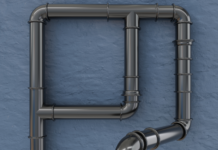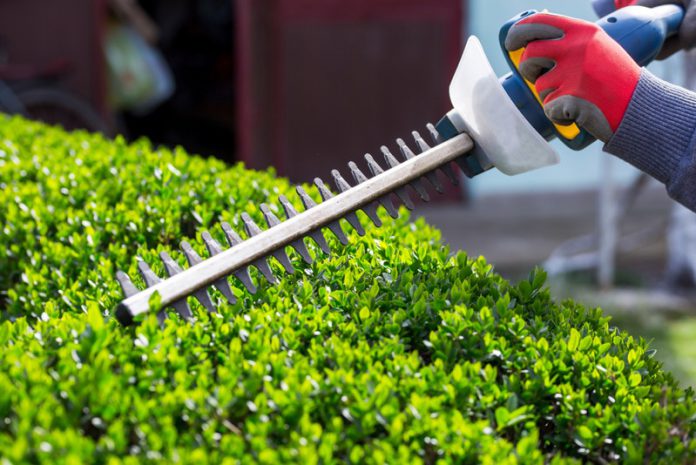Following our dos and don’ts can make your hedges look their best, whether you’re a frequent pruner or using the technique of hedge cutting for the first time.
Different hedge varieties should be cut at different times. If you have a lot of various types of hedges, you might be tempted to trim them all at once, but there are certain advantages to cutting them at different periods. The good news is that most hedges only need to be trimmed once or twice a year, so you won’t be slaving away in the garden for hours. The following are the optimum times to trim your hedges:
Hedges of beech trees – To ensure that there are no bare areas throughout the winter, cut around August. If they’ve gotten too big, you may need to chop them back hard in the middle of the winter as well.
Hawthorn hedges should be pruned after they have flowered in June, then again in the autumn if you prefer a neater appearance.
Laurel hedges – Should be trimmed in the spring if they need to be reshaped, and again every July/August to keep them in good shape.
Privethedges– Should be pruned in April and then cut from May through August. The more you do it, the denser it becomes and the more manageable it becomes.
Longer Hedges Can Be Made With Bamboo Canes:
When shaping a longer hedge, bamboo canes make the process considerably easier. Push two into the ground on either end, then bind them to shorter canes at a 45-degree angle away from the hedge. The upright canes will not pull inwards with them in place. Then knot another piece of thread above the hedge to create a straight side, and another roughly 1cm below the desired height of the hedge. Trimming your hedge within the string helps to shape it. Begin at the bottom of each side and work your way up, finishing with the top.If your hedge has a dense canopy of fine leaves, it’s ideal to leave the base wider than the top for a more robust appearance and healthier plants, as sunlight will reach the bottom leaves more easily.
Get Rid Of Clippings:
It’s critical to get rid of your clippings once you’ve finished trimming. They may cause your hedge to become damp and airless, allowing fungal infections to thrive. To catch clippings as you go, spread a plastic sheet beside the bush. Brush or rake the stray twigs from the top of the hedge once you’re finished. Anything left over can go right into your compost bin or into a garden shredder
If You Want A More Wild Look, Leave It Longer:
If your hedges have larger leaves, you may want to let them grow out a little. Bright blooms and berries offer a splash of color to your landscape and attract pollinators as well. Informal hedges, on the other hand, require some upkeep. To keep the hedge in shape, cut after the flowers have faded. You can get away with one harsh trim back every few years if you’re happy to let berries and hips grow freely.











































